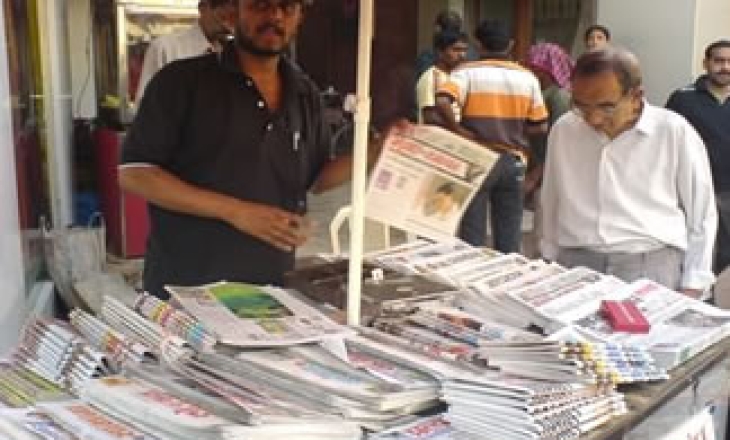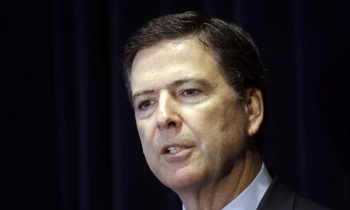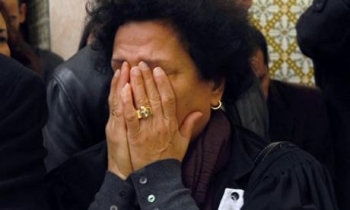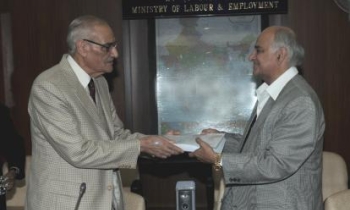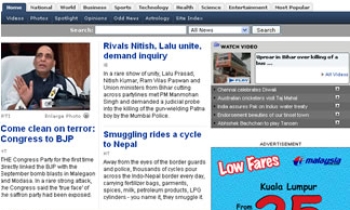It was about 40 months ago a number of newspaper launches in Mumbai appeared to pose a stiff challenge to the then 167-year dominance of the Times of India. With well thought out marketing campaigns and high production values, two big names—Hindustan Times and Daily News & analysis (DNA)—followed by many others stormed the city.
This growing number of dailies has led to remarkable changes in the newspaper space and readership numbers in Mumbai. From having only one leading newspaper within each language vertical (Hindi, Marathi and English) to more than two-three newspapers to choose from, it has given virtually several fronts for people with differing views in a country where the principles of democracy gains crucial importance.
“DNA and HT both are living up to their hype. They have captured a fairly large reader segment, and deservedly so. With 3-4 nationally read and prominent newspapers vying for a story as opposed to the earlier one has indeed made it imperative for journalists to give something more to their segment of readers to keep them hooked,” contends Reshma Kulkarni, a freelance journalist.
The rising competition has also, in turn, led to more job opportunities and paved a new way for journalism students graduating in hundreds every year from mass media institutes. A widespread feeling is that the new dailies have created newer avenues for journalists who are interested in writing about specific subjects. However, Darryl D'Monte, former resident editor with the Times of India in Mumbai thinks otherwise. “The newspaper boom has been good news for journalists for not for journalism," he argues while attributing the proliferation of newspapers as an urban phenomenon. He believes that the concentration by media companies in metros like Mumbai only shows their back turning to the two-third of the population living in the rest of India.
While the newspaper growth has offered readers a variety of names on news stalls, it has not necessarily improved the quality of stories being published. With media companies adopting out-and-out business models, doubts are being raised on the editorial credibility of the publications themselves. Swati Bhatia, marketing professional asserts that she would rather rely on a blog or Twitter for opinions than a newspaper. “Newspapers today are rather mundane especially the Bombay Times and Mumbai Mirror. They are sensational. One can easily plant a story in the papers today which makes me doubt their credibility,” she explains.
The number of newspapers seems to be immaterial in comparison to the content published that defines the quality of a newspaper thereby helping it sustain. “Credibility is the key. There is a sufficient number of newspapers in the market but the need of the hour is editorial-quality improvement. It is high time existing organisations realised as much," says Bansi Mehta, a media student. Even D'Monte adds to the fact that while the stories are getting are better edited, better written, and better educative than in the past, the scale of coverage remains the same.
For a long time, many readers in Mumbai rued the amount of local news coverage by newspapers in the city. However, newspapers like Hindustan Times and Mumbai Mirror changed that model by bringing city news on to the front page. D'Monte, however, maintains that local coverage should be increased but not at the cost of national stories: “This trend is reflective of what has been observed in the US where local newspapers publish virtually no international stories which led to Americans not knowing anything that happened outside their country.” Mehta also points out that a reader does not only want to have news but views too, which many dailies have failed to do."
There are mixed reactions on whether the newspapers have brought about in-depth coverage of issues. “Journalists are now more on their toes to add something more to their reportage. Yet, the genres being handled are quite limited. There's so much more that these papers can carry rather than all of them focusing on entertainment, politics and crime," rues Kulkarni.
D'Monte does not see any in-depth coverage in newspapers. He also notes that the element of photojournalism has all but disappeared. “Local newspapers these days only resort to foreign syndicated photographs and illustrations instead of bringing something new to the table,” he says. Some also believe that it is only the big news stories that covered in-depth. “This is an impact of TV. With TV covering the news as it happens, newspapers survive by providing more depth and coverage,” says Amberish Diwanji, senior assistant editor, DNA.
Although the new dailies launched themselves with different positioning statements principally, there seem to be no unique differentiations beyond a point. D'Monte believes that the only way readers have benefited is by buying newspapers for cheaper rates. “Newspapers like DNA claim to cater the local youth; their attempts in doing so have been rather banal. They have Page 2 and 3 where they pull opinions from the youth, but it is a loose attempt to connect to their target audience from the way it is done,” he says. Similarly, he maintains that Hindustan Times started off differently by having longer editorials but only featured small regular columns. “There is hardly any contribution from outside. In-house columnists seem to be writing for the heck of it,” he says.
According to Diwanji, the new reader today is far more informed. “But since he/she is also quite stressed out because of the times, news in small packets make more sense. He/she also wants more coverage of the big news and about which he/she is already informed via TV or Internet. Journalist/newspapers/editors are working towards this," he says.
This growing need for differentiation is encouraging local newspapers to go beyond the headlines and provide readers with a variety by way of features, human-interest stories, among otheres. Patricia Chandrashekhar, an English language professor, says, “It's the survival of the fittest.” D'Monte feels it is important for editors to have a sense of what is important for the readers. “The editor cannot allow the market to dictate the content. He/she should simply guide the reader in wanting what to read," he points out.
Some also call it a case of too many papers, too little expression of different opinions in the city. Pooja Ganeriwala, an advertising professional, feels, “Too much print space is wasted on news not worth reading. There is a serious need for individual expression, difference of opinions, and less of commercialism.”

